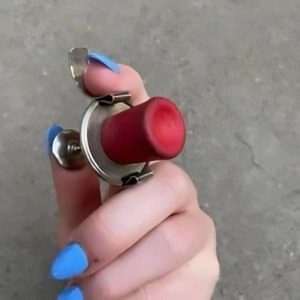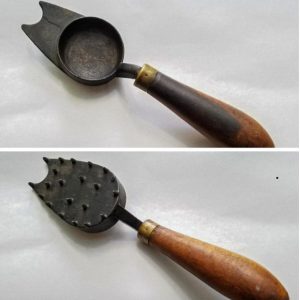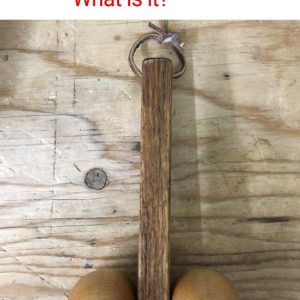Before digital wallets, barcodes, and self-checkout kiosks, there was a time when one small, clever tool ruled the world of cash transactions: the vintage change maker. If you’ve ever seen one clipped to a street vendor’s belt or collecting dust in an antique shop, you’ve brushed up against a fascinating piece of retail history. But here’s the kicker—this tiny device did more than just count coins. It symbolized the evolution of money handling and played a pivotal role in the golden age of customer service.
Let’s dive into the humble beginnings, clever design, and enduring legacy of this iconic piece of equipment.
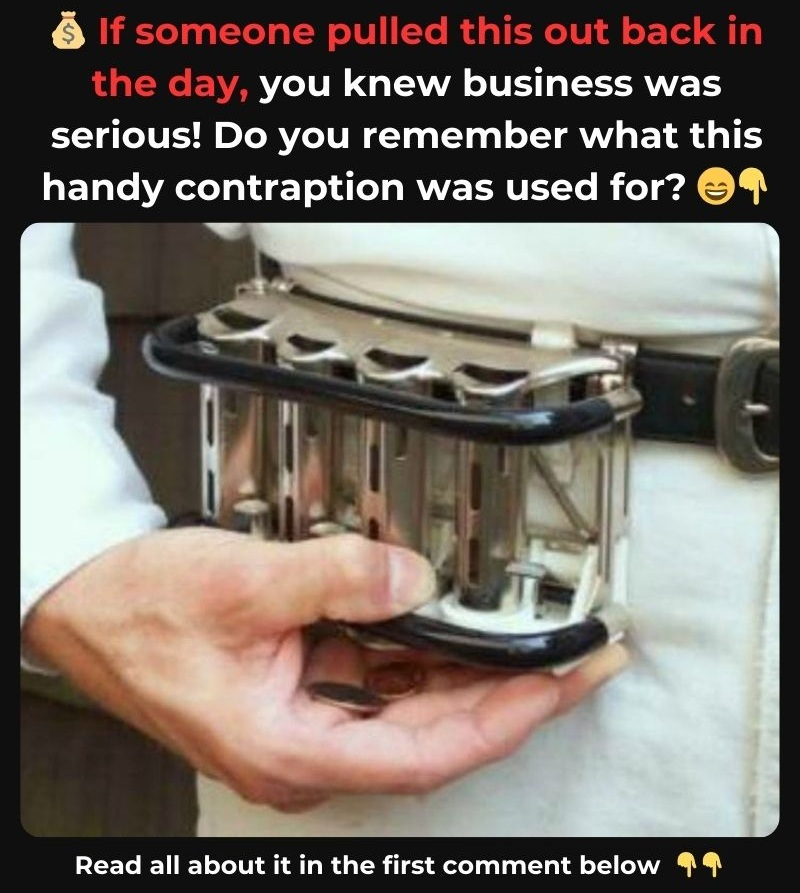
The Ingenious Design of the Vintage Change Maker
Imagine handling dozens of transactions a day, dealing with hurried customers, and needing exact change—fast. That’s where the vintage change maker came in. Built with metal tubes that sorted and dispensed coins of different denominations, the change maker sat securely on a vendor’s belt or counter, ready at a moment’s notice.
Each compartment held a specific coin size—nickels, dimes, quarters, or pennies—and with just a squeeze of the trigger, the exact change would click out into the vendor’s hand. It was intuitive, portable, and built like a tank. In short? It was a cashier’s best friend before touchscreens took over.
Video: Watch the video to hear the story behind a vintage McGill coin changer uncovered in thrift store finds!
A Day in the Life: How It Was Used
Step into a 1950s farmer’s market. The air’s filled with the smell of fresh produce and the sound of bustling conversations. A vendor hands over a brown bag filled with apples, and the customer offers a crumpled dollar bill. Without missing a beat, the vendor reaches down, triggers the change maker on their hip, and dispenses 35 cents—no delays, no mistakes.
These change makers didn’t just save time; they built trust. Quick, accurate change meant smoother sales and happier customers. For small businesses with no access to cash registers, this device was essential. It made the seller look professional and the transaction feel seamless.
From Handy Tool to Retail Revolution
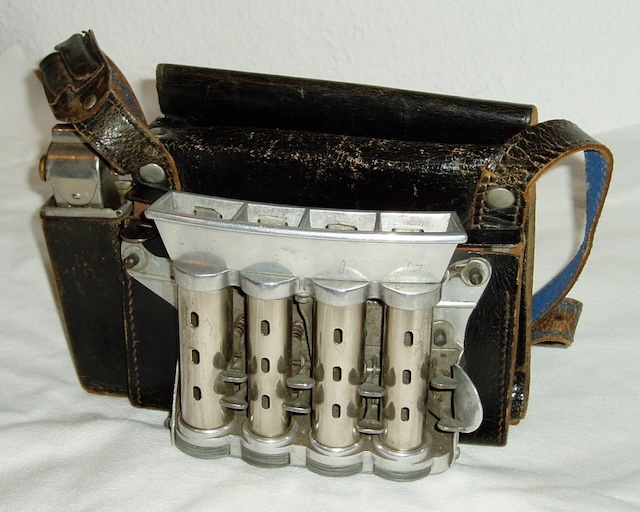
By the early 20th century, the demand for faster and more efficient customer service was rising. Cities were booming, local stores were multiplying, and businesses needed better ways to handle increasing cash flow. The change maker arrived at just the right time—simple enough for anyone to use, yet powerful enough to meet the demands of busy retail settings.
Grocery stores, newsstands, soda shops, streetcar conductors—everyone had one. Some change makers came with leather holsters, others with steel belt loops. Regardless of the version, they all served the same purpose: streamline the transaction, one coin at a time.
Famous Brands and Timeless Tools
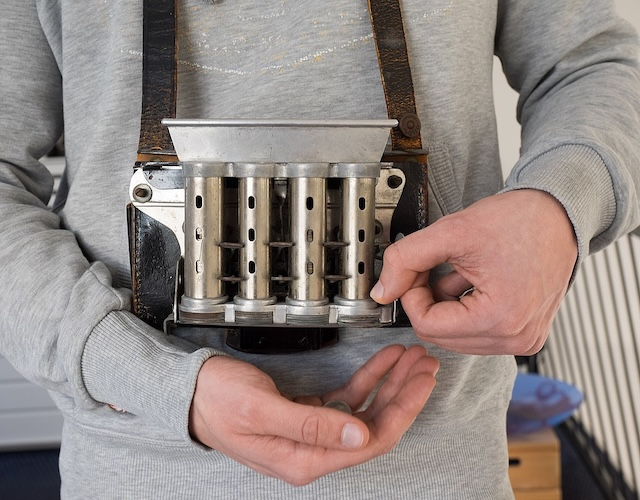
One of the most well-known names behind the vintage change maker was McGill, a company known for its durable, high-quality coin dispensers. These units were practically indestructible, which is why so many are still around today, often discovered in thrift stores, attics, and flea markets. Seeing one now is like stumbling on a relic from a time when service was personal and hands-on.
Collectors love McGill units not just for their functionality, but for the nostalgia they spark. They’re a physical reminder of a time when money was handled with care, and even something as ordinary as giving change was done with intention.
Why We Still Love the Vintage Change Maker
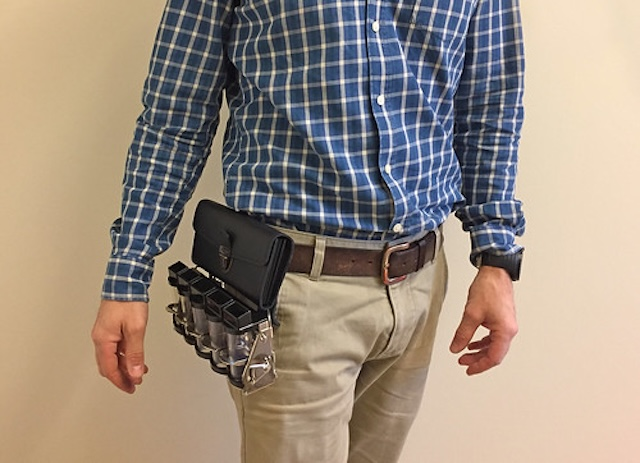
Sure, they’re obsolete now. We have digital cash drawers and chip readers. But that’s exactly why vintage change makers still capture attention—they’re tangible pieces of a simpler era. For many, seeing one instantly evokes childhood memories of watching corner store owners click coins into their palms with lightning speed.
They also reflect the craftsmanship of the past—solid metal construction, smart mechanics, and designs that lasted for decades. In a world full of plastic and planned obsolescence, the change maker reminds us what durability used to look like.
From Practical to Collectible
Today, these once-everyday tools are collector’s items. Antique lovers hunt for them at estate sales. Nostalgic homeowners repurpose them as quirky kitchen decor. Some even keep them loaded with coins, just for fun.
Their value varies, depending on condition, rarity, and design. A well-preserved McGill model with all working parts can fetch a solid price online. But for most people, the real value is in the story—the history you’re holding in your hand.
Video: Tune in to the video and uncover the secret treasure hidden inside as a French cash register is restored!
The Evolution of Transactions
Let’s take a moment to think about how far we’ve come. We went from coin changers to credit cards, from manual cash boxes to point-of-sale tablets. Yet, it all started with tools like the vintage change maker—humble devices that made money management a little easier and a lot more human.
And while we might celebrate the convenience of contactless payments today, there’s something undeniably charming about a time when a coin dispenser could be worn like a badge of honor. It wasn’t just a tool—it was part of a daily rhythm, a sound, a ritual.
Conclusion: A Tiny Tool With a Big Legacy
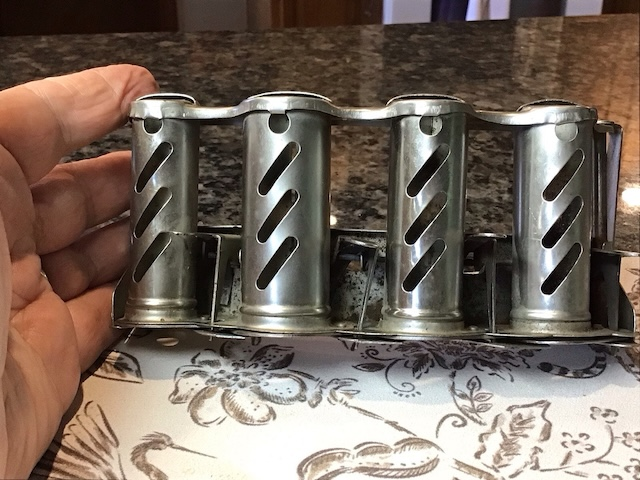
The vintage change maker may be small, but its impact on retail history is massive. It helped countless vendors build better businesses, deliver faster service, and manage money with confidence long before digital solutions existed. And today, it serves as a nostalgic reminder of an era where transactions were tactile, mechanical, and—above all—personal.
So, the next time you spot one at an antique shop or in a collector’s case, take a moment to appreciate what it stands for. Because behind that weathered metal casing lies the story of retail before the beep of a barcode—where every coin counted and every tool had a purpose
